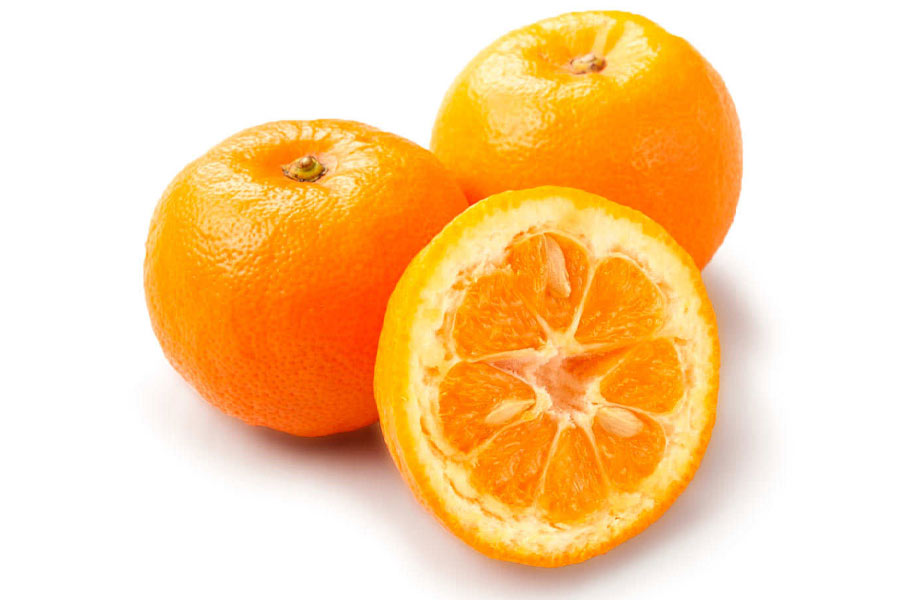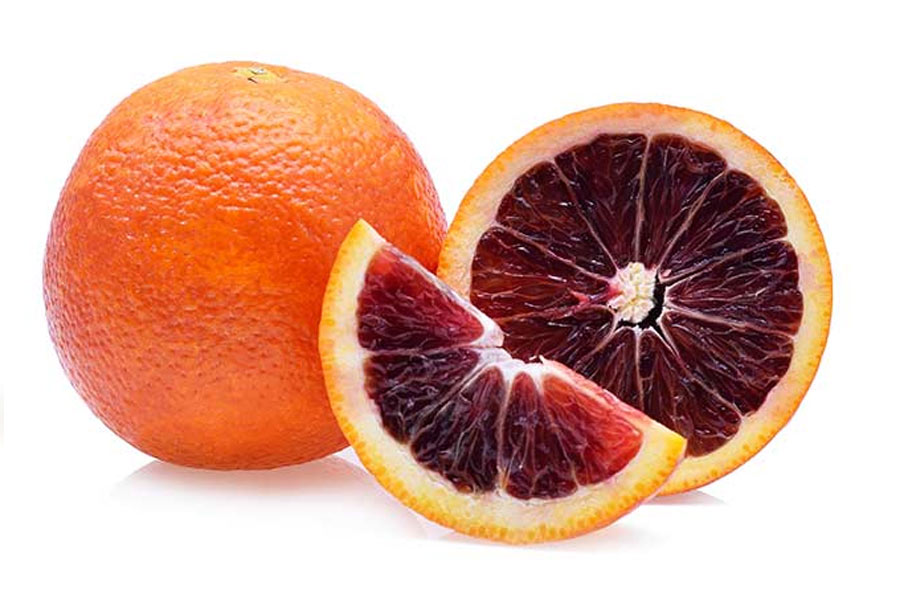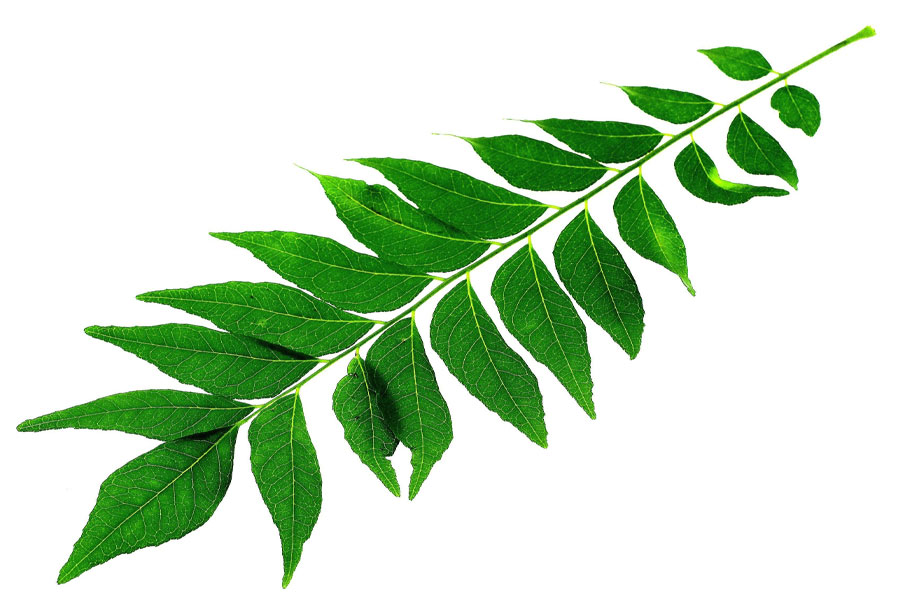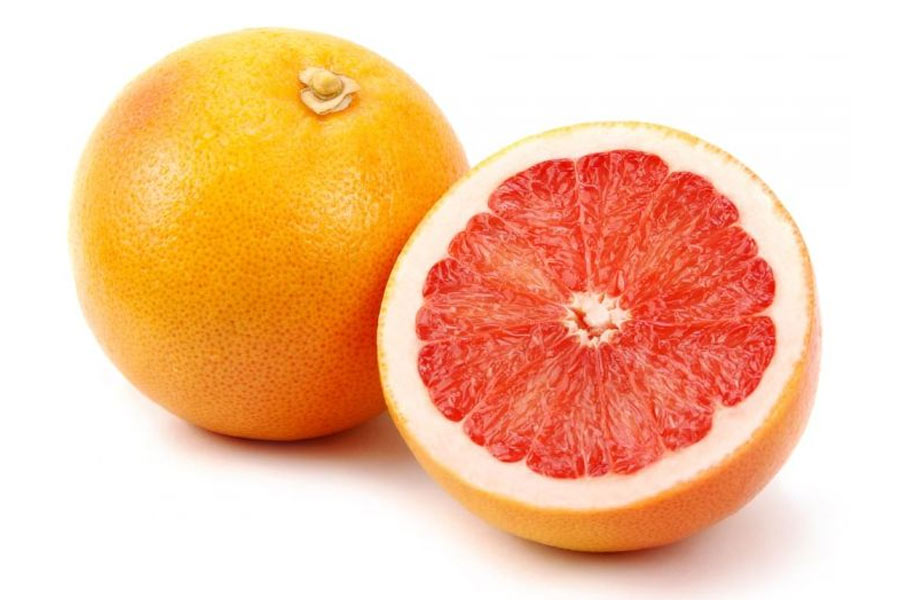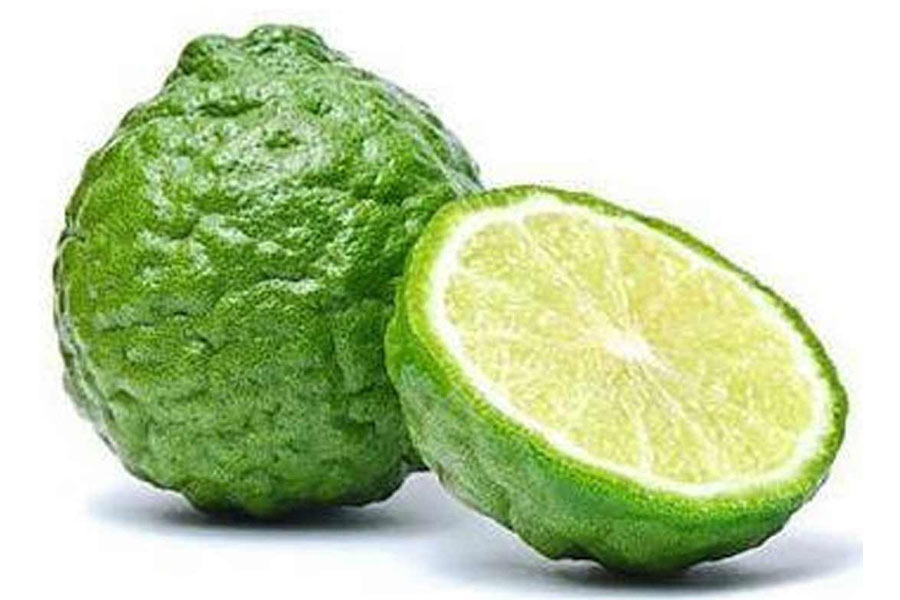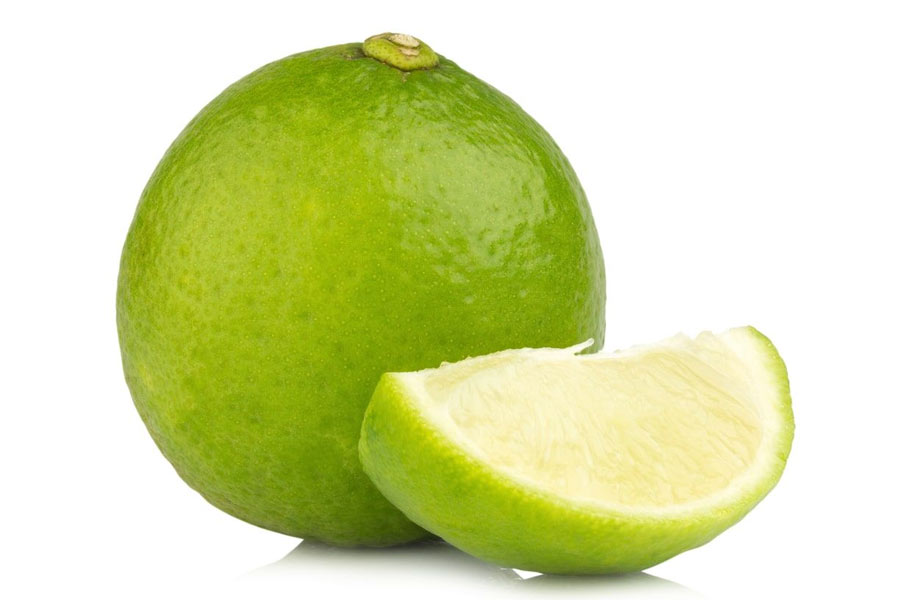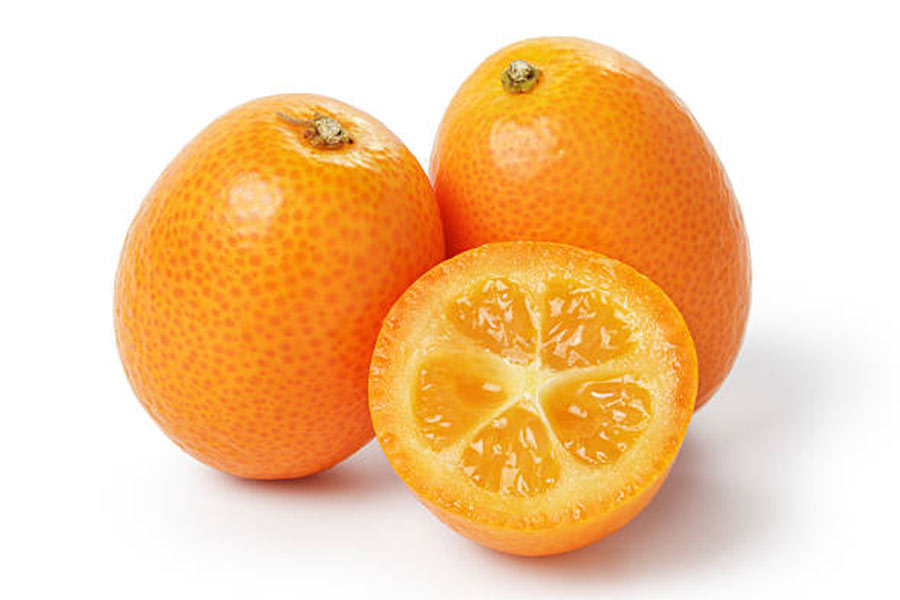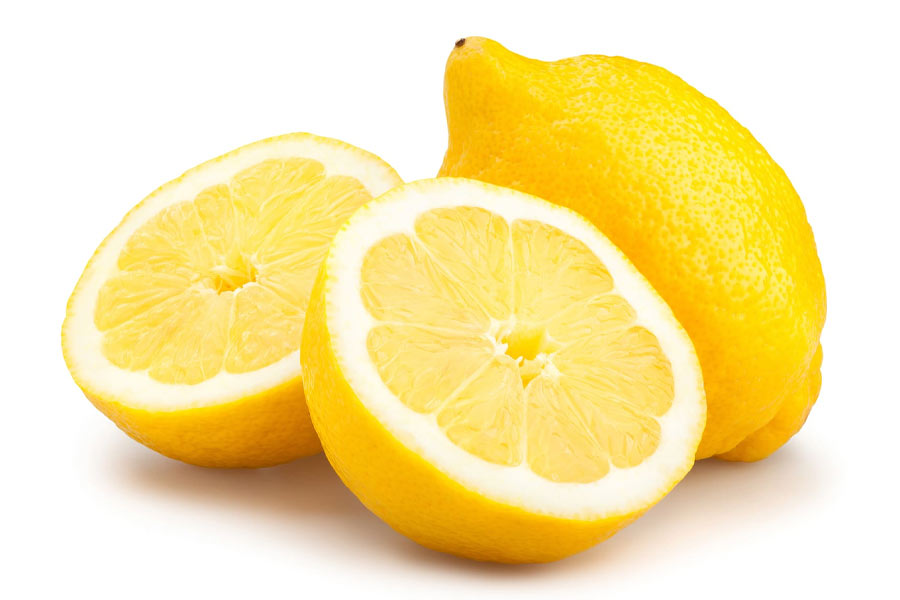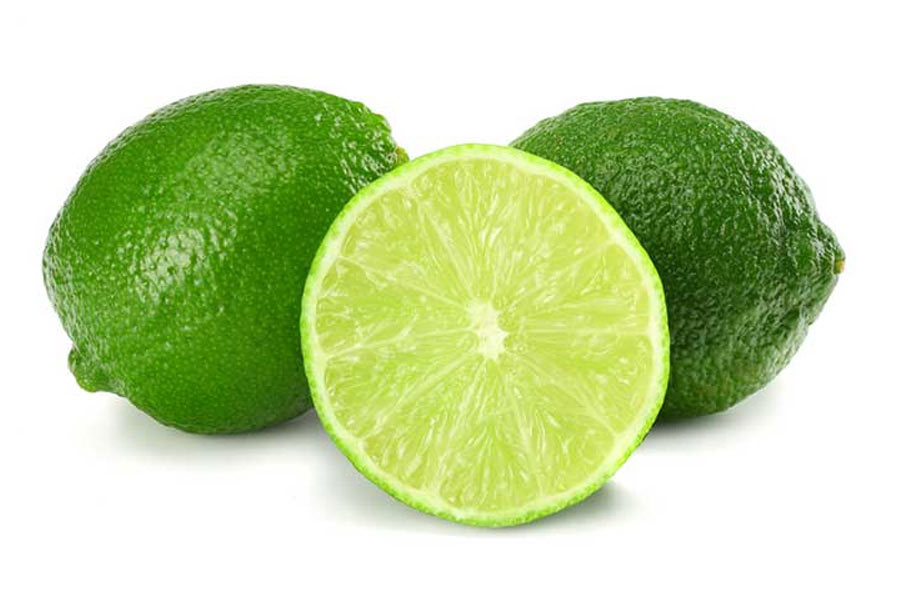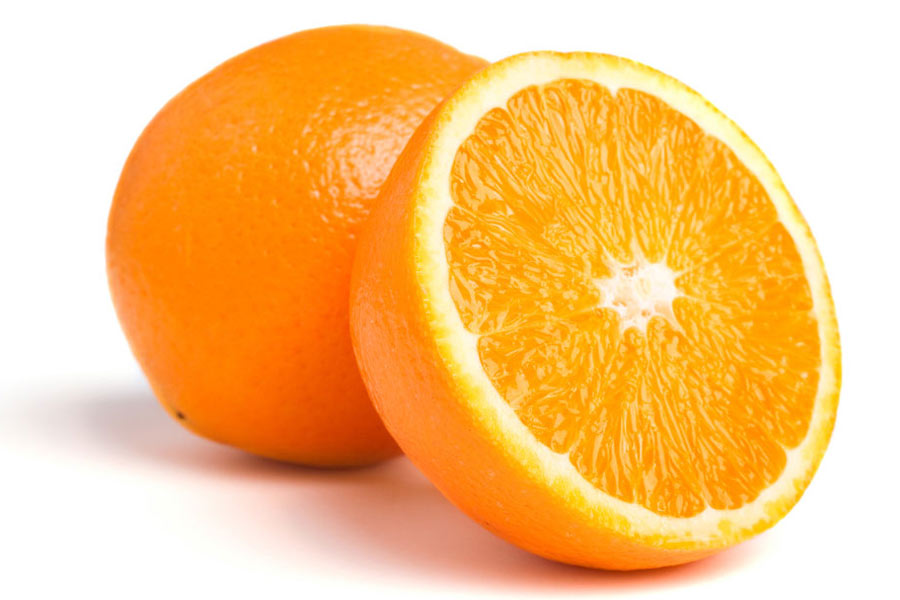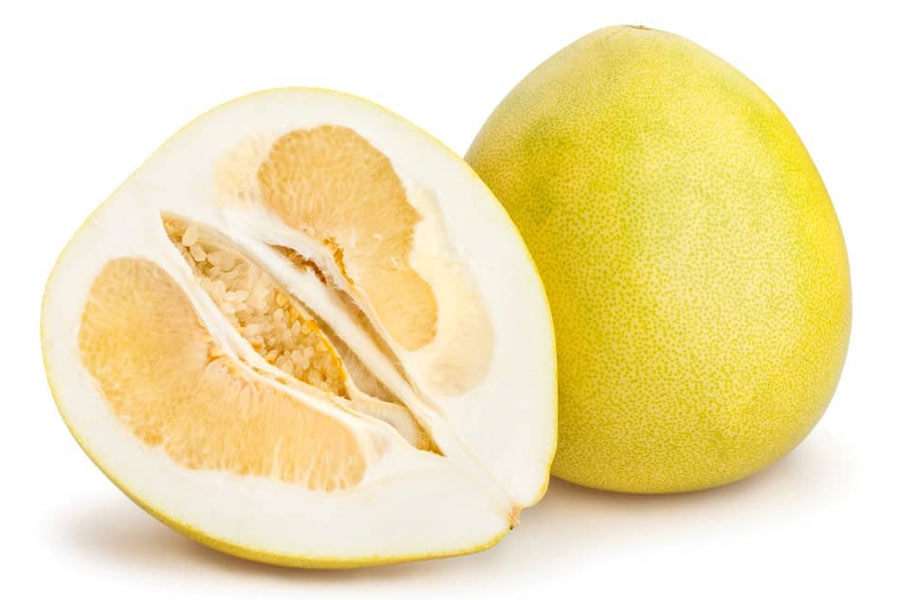mandarin
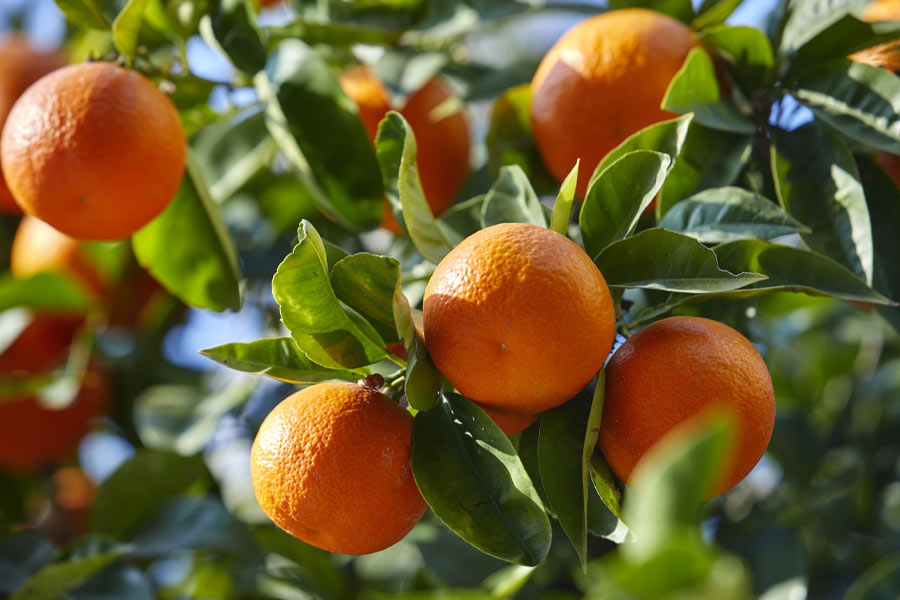
mandarin
Citrus x
AKA: mandarin orange or mandarine
Kind: Tree
Source: uscitrus.com
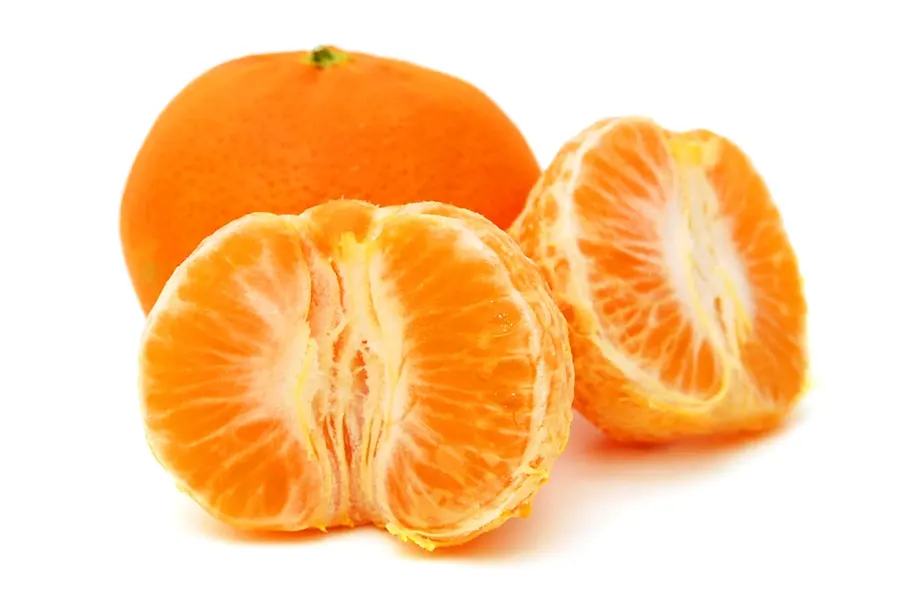
Mandarin
CITRUS RETICULATA
mandarin orange or mandarine
A ripe mandarin orange is firm to slightly soft, heavy for its size, and pebbly-skinned. The peel is thin and loose, with little white mesocarp, so they are usually easier to peel and to split into segments.
mandarin orange or mandarine
A ripe mandarin orange is firm to slightly soft, heavy for its size, and pebbly-skinned. The peel is thin and loose, with little white mesocarp, so they are usually easier to peel and to split into segments.
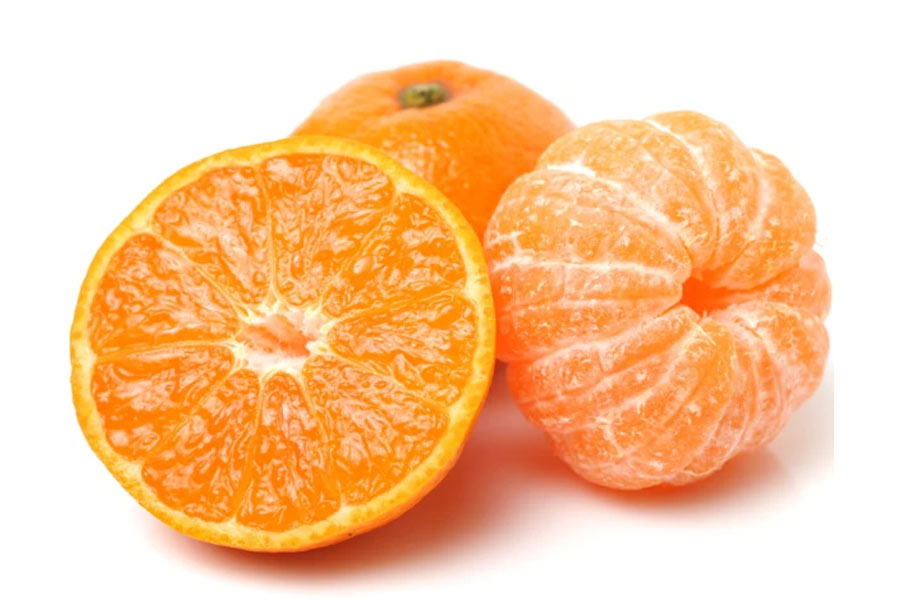
Satsumas
CITRUS UNSHIU
Skin is leathery, easy to peel, and Fruit is sweet and seedless. Fruit easily get damaged in shipment; therefore, not found in many stores. A good patio citrus plant to grow.
Skin is leathery, easy to peel, and Fruit is sweet and seedless. Fruit easily get damaged in shipment; therefore, not found in many stores. A good patio citrus plant to grow.
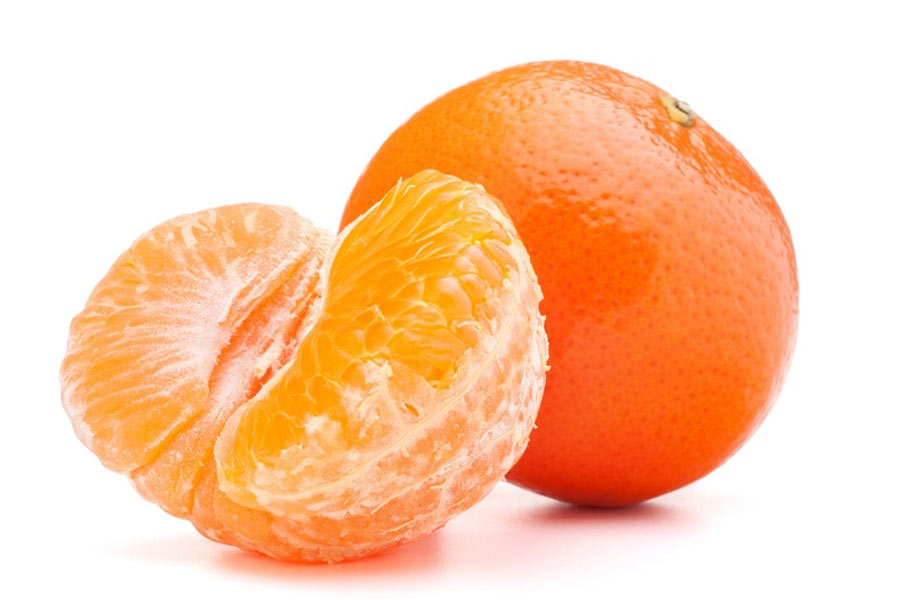
Tangerine
CITRUS TANGERINA
A lot of mandarin fruit were exported from North Africa–from the City of Tangiers, and the fruit from Tangiers earned the name in the USA as Tangerine. (All tangerines are mandarins, but not all mandarins are tangerines). Tangerines have seeds, not as sweet as satsuma, and tougher skin to peel, compared to easy peelers.salt penetrates the peel and rind, softening them, and curing them so that they last almost indefinitely.
A lot of mandarin fruit were exported from North Africa–from the City of Tangiers, and the fruit from Tangiers earned the name in the USA as Tangerine. (All tangerines are mandarins, but not all mandarins are tangerines). Tangerines have seeds, not as sweet as satsuma, and tougher skin to peel, compared to easy peelers.salt penetrates the peel and rind, softening them, and curing them so that they last almost indefinitely.
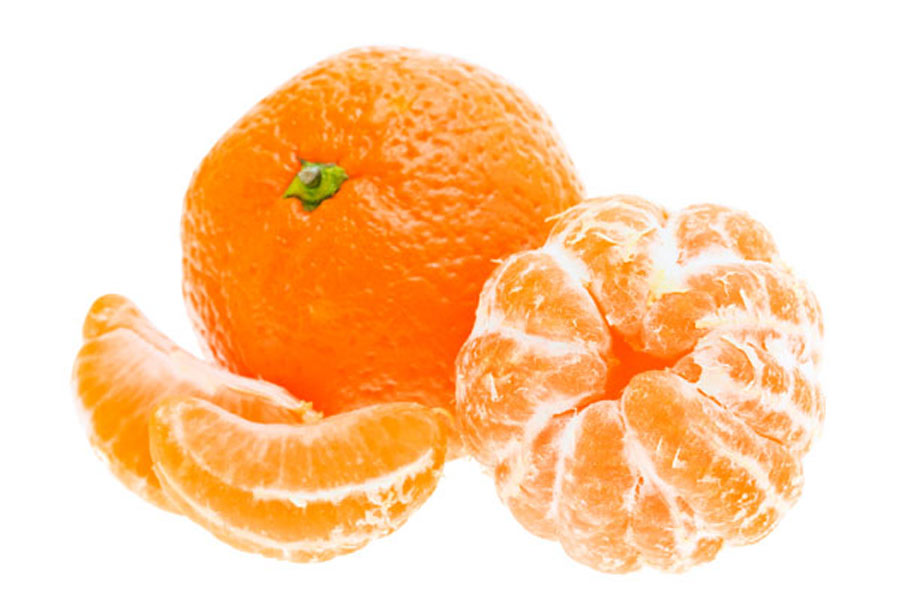
Clementine
CITRUS × CLEMENTINA
Very sweet (like honey). More comfortable to peel than tangerines but not as easy as satsumas. ‘Cuties,’ ‘sweeties,’ and ‘halos’ are common marketing names given- they are not variety names.
Very sweet (like honey). More comfortable to peel than tangerines but not as easy as satsumas. ‘Cuties,’ ‘sweeties,’ and ‘halos’ are common marketing names given- they are not variety names.
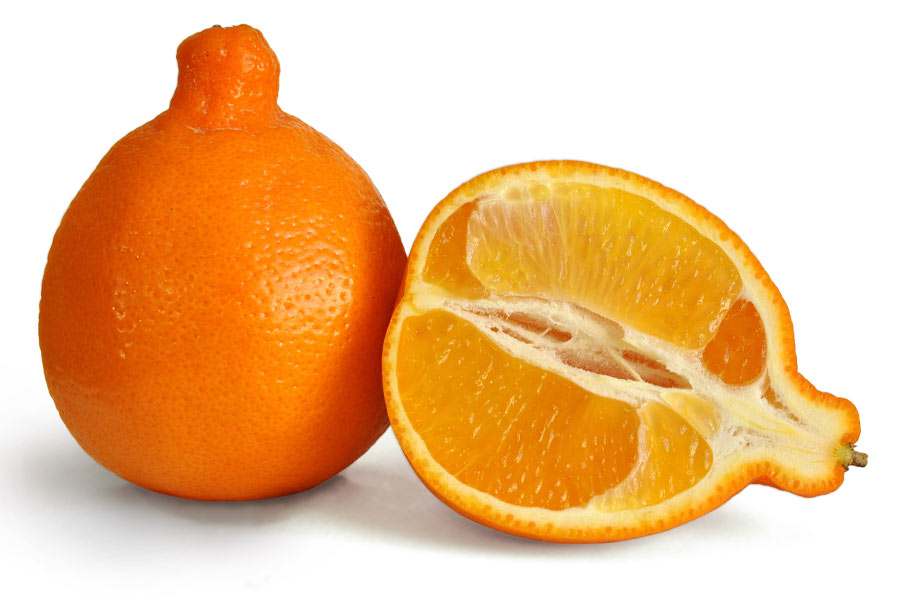
Tangelo
CITRUS × TANGELO
AKA: Honeybells
Tangelos are the size of an adult fist, have a tart and tangy taste. They generally have loose skin and are easier to peel than oranges, readily distinguished from them by a characteristic “nipple” at the stem. Tangelos can be used as a substitute for mandarin oranges or sweet oranges.
AKA: Honeybells
Tangelos are the size of an adult fist, have a tart and tangy taste. They generally have loose skin and are easier to peel than oranges, readily distinguished from them by a characteristic “nipple” at the stem. Tangelos can be used as a substitute for mandarin oranges or sweet oranges.
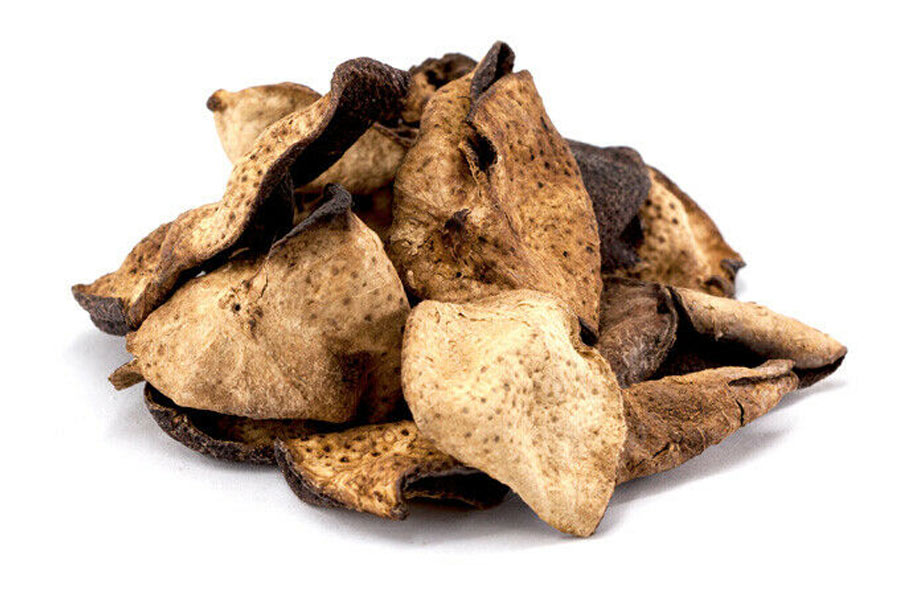
Chenpi
AKA: chen pi, chimpi, ju pi or mandarin orange peel
Dried mandarin peel. Used as seasoning.
Dried mandarin peel. Used as seasoning.
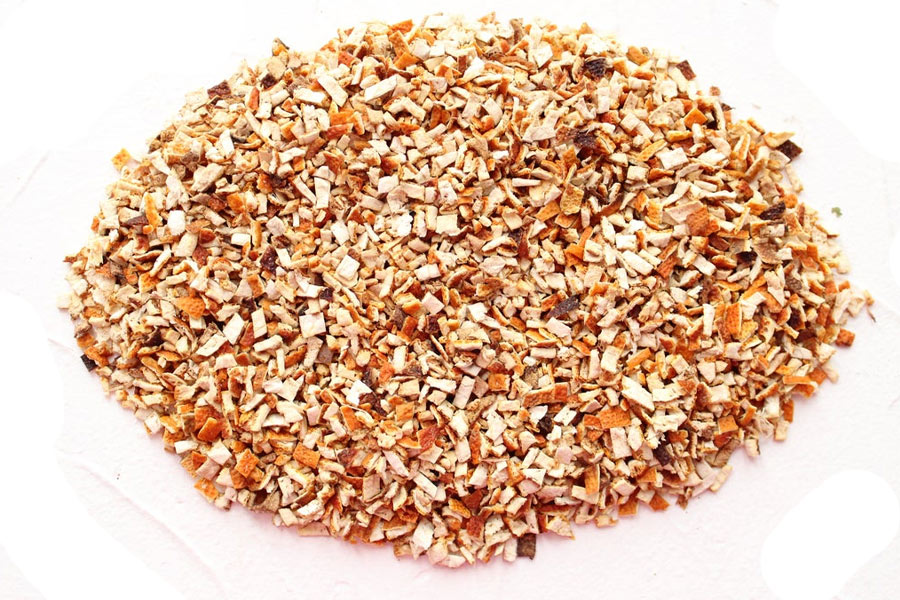
Ground Chenpi
» Recipes with mandarin
» Recipes with mandarin
The Rutaceae Family
a family of flowering plantsAKA: the citrus family, the rue
Copyright ©
Fika 'n' Food | Made by Henita Design
